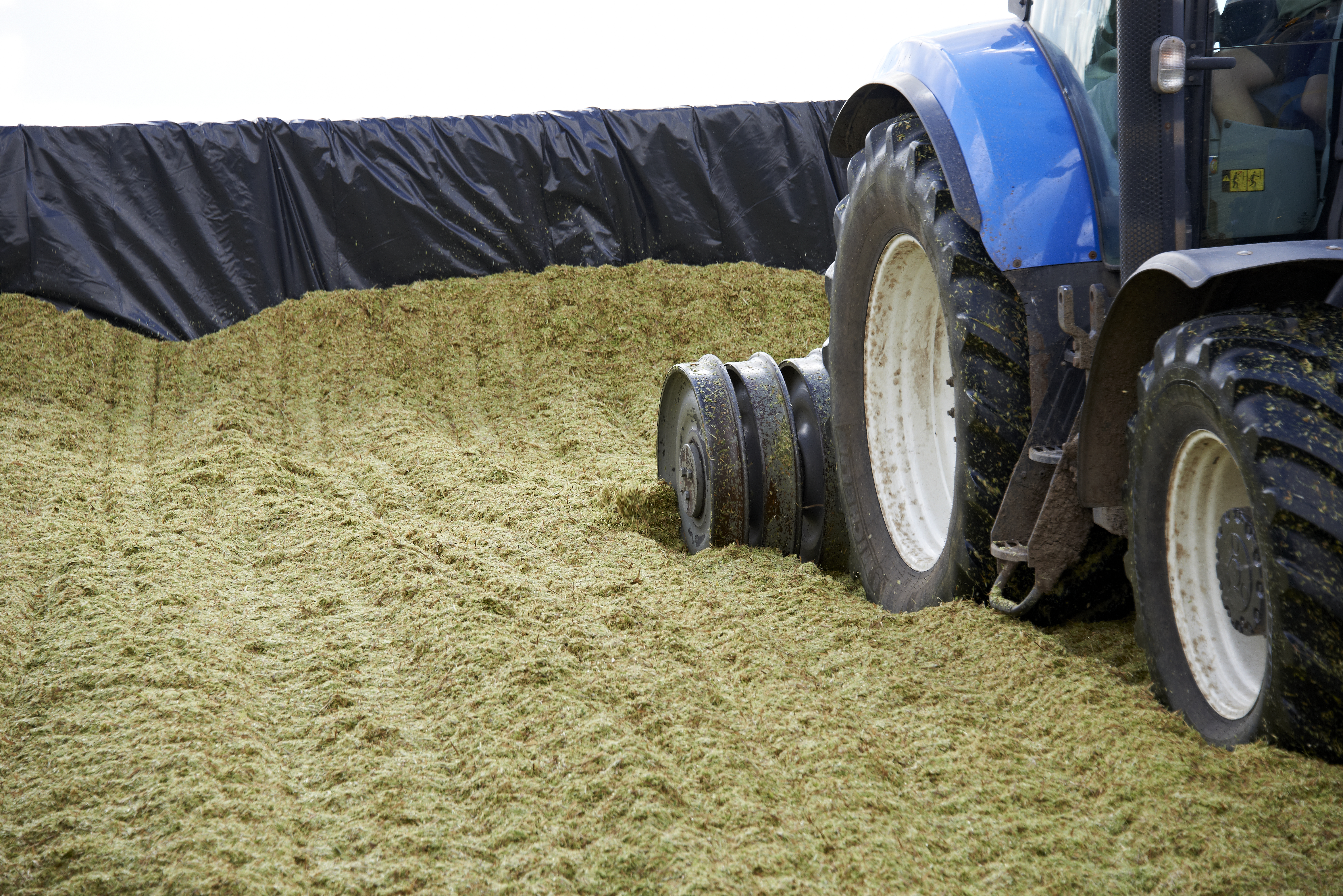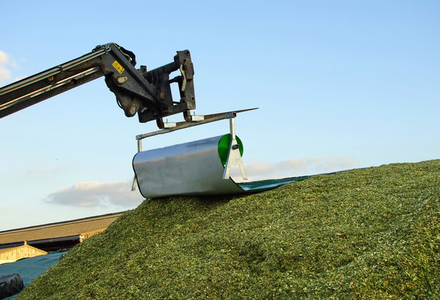How important is it to get rid of air?
Although growing crops may have >109 (1,000,000,000) bacteria per gram on them, most of these will be aerobic (require oxygen) and will die out as soon as conditions in the silo become anaerobic (no oxygen present). This is important as their activities do not contribute to the fermentation process; indeed their activities would waste sugars required for fermentation. Lactic acid bacteria are the main bacteria involved in a silage fermentation and are able to grow in the presence or absence of air but the way they break down sugars differs. To maximise lactic acid production air needs to be absent.
 Fungi (yeasts and moulds) are a particular problem for silage as they are responsible for aerobic spoilage (heating and moulding), especially at feedout. Aerobic DM losses at feedout can be extremely high. Moulds need air to grow and in its absence produce spores that can germinate and grow when it is present again. Yeasts grow much faster in the presence of air but will survive in its absence. It is the ones that that can utilise lactic acid in the presence of air (lactate assimilating yeasts) that cause the biggest problem.
Fungi (yeasts and moulds) are a particular problem for silage as they are responsible for aerobic spoilage (heating and moulding), especially at feedout. Aerobic DM losses at feedout can be extremely high. Moulds need air to grow and in its absence produce spores that can germinate and grow when it is present again. Yeasts grow much faster in the presence of air but will survive in its absence. It is the ones that that can utilise lactic acid in the presence of air (lactate assimilating yeasts) that cause the biggest problem.
By filling the silage clamp quickly and rolling well, the amount of air trapped initially is minimised and quickly used up. As well as allowing the proper fermentation to begin sooner, it minimises yeast numbers at opening which reduces the risk of aerobic spoilage.
_listing.png?1521975793)
